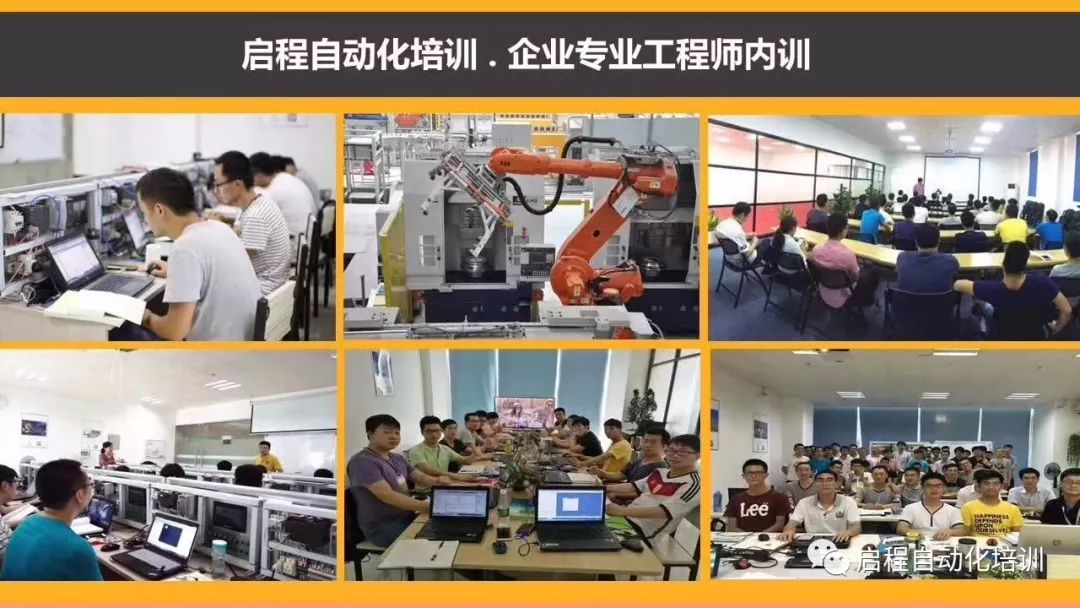

The main differences between RS-232 and RS-485 are:
1. The transmission methods are different. RS-232 uses an unbalanced transmission method, known as single-ended communication. In contrast, RS-485 uses balanced transmission, which is a differential transmission method.
2. The transmission distances are different. RS-232 is suitable for communication between local devices, with a transmission distance generally not exceeding 20m. RS-485, however, can transmit over distances ranging from several dozen meters to thousands of meters.
3. RS-232 only allows one-to-one communication, while RS-485 can connect up to 128 transceivers on the bus.
RS-232 is defined as a single-ended standard that increases communication distance for low-speed serial communication.
RS is an abbreviation for Recommended Standard. RS-232 adopts an unbalanced transmission method, known as single-ended communication. The data signal at the sending and receiving ends is relative to the signal ground. For example, when data is sent from a DTE device using a DB25 connector, pin 2 is relative to pin 7 (signal ground) level. Typical RS-232 signals swing between positive and negative levels; when sending data, the sender’s driver outputs a positive level of +5 to +15V and a negative level of -5 to -15V.
When there is no data transmission, the line is at TTL level. From the start of data transmission to the end, the line level transitions from TTL level to RS-232 level and then back to TTL level. The typical working levels of the receiver are +3 to +12V and -3 to -12V.
Due to the difference between sending and receiving levels being only about 2V to 3V, its common-mode rejection capability is poor. Additionally, the distributed capacitance on the twisted pair limits its transmission distance to a maximum of about 15 meters, with a maximum speed of 20kb/s. RS-232 is designed for point-to-point communication (i.e., only one pair of sending and receiving devices), with a driver load of 3 to 7kΩ. Therefore, RS-232 is suitable for communication between local devices.
RS-485, unlike RS-232, uses differential transmission for data signals, also known as balanced transmission. It employs a pair of twisted wires, defining one wire as A and the other as B. Typically, the positive level between the sending driver A and B is +2 to +6V, representing one logical state, while the negative level is -2 to 6V, representing another logical state.
There is also a signal ground C, and RS-485 includes an “enable” terminal. The “enable” terminal is used to control the connection and disconnection of the sending driver and transmission line. When the “enable” terminal is active, the sending driver is in a high-impedance state, known as the “third state,” which is distinct from logical “1” and “0.” The receiver is also defined relative to the sending end; the receiving and sending ends are connected through balanced twisted pairs, with AA and BB corresponding. When there is a voltage greater than +200mV between the receiving ends AB, a positive logic level is output, and when it is less than -200mV, a negative logic level is output. The receiver typically receives balanced line voltage levels ranging from 200mV to 6V.
Reprinting is a form of power sharing, and sharing is a virtue.
————Extended Reading————
How to Achieve Ethernet Communication Between Two S7-300 Systems with Program Examples
Why Learn PLC to Become an Industrial Robotics Engineer?
Super Useful PID Algorithm and PID Control Principles
Conversion Between Circuit and PLC Ladder Diagram, Essential Skills for Electricians!
PLC and HMI, Encoder, Inverter Program Examples
About Us: Qicheng Automation Training, China’s Leading Industrial Robotics Training Service Provider
Contact Number:0755-33160627 13809869603
Training Programs:Robotics + PLC System Integration + Motion Control + Robotics + Machine Vision
Special Services:3000 square meters training center + job placement assistance + industry-leading curriculum

+ Teacher WeChat for more class details
